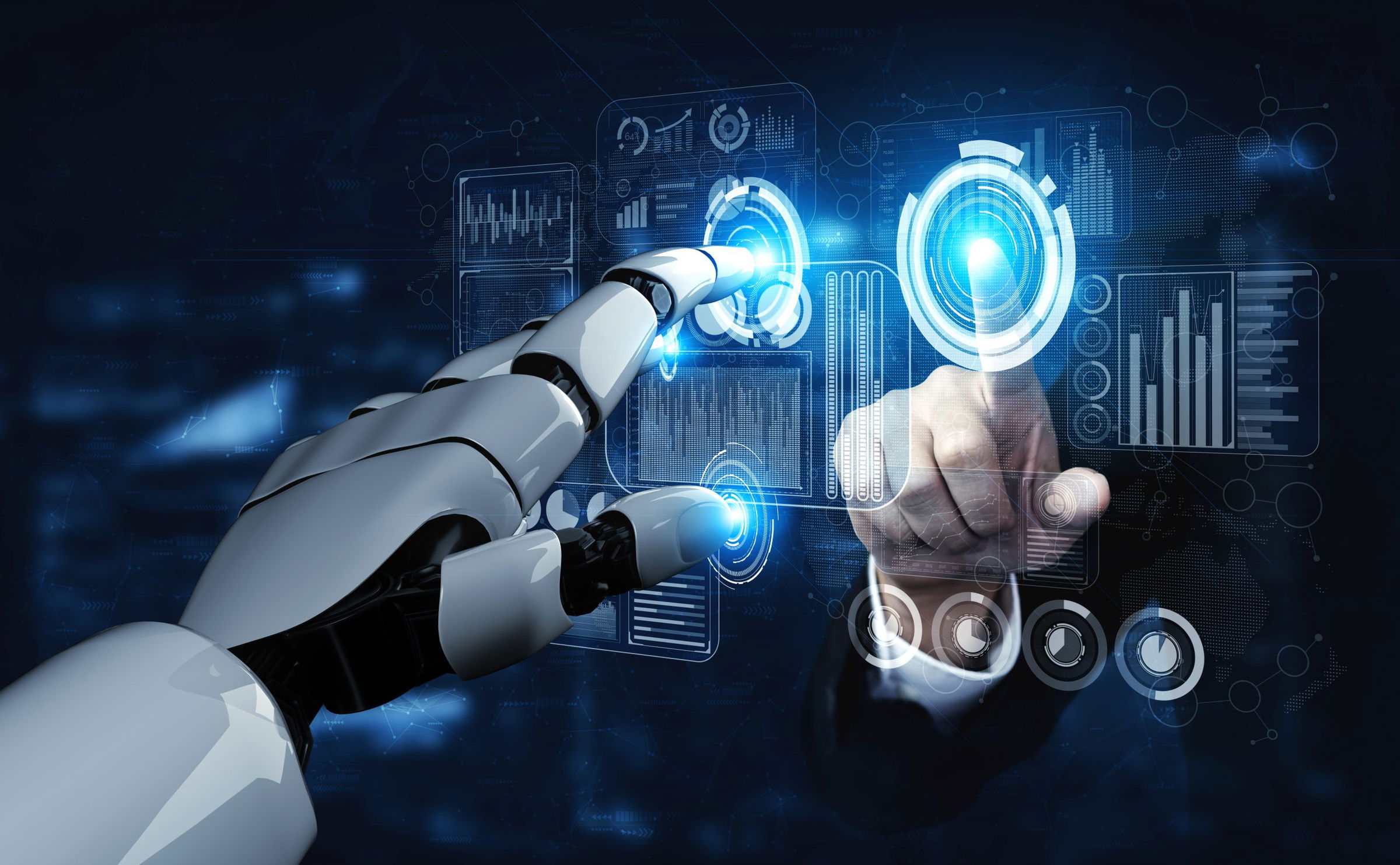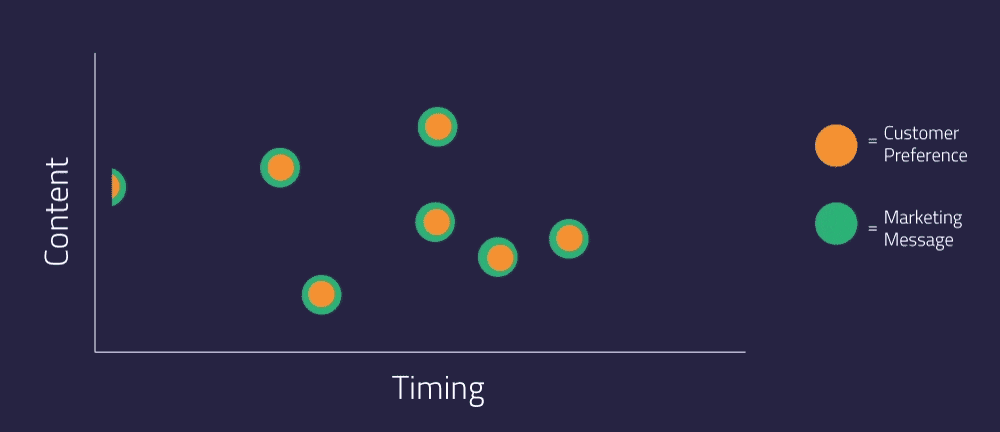Machine Learning is a field of study that involves using data for automating various tasks and improving the efficiency of systems or machines. It is identified as a component of artificial intelligence. Machine Learning algorithms can develop a model based on sample data, called training data for making decisions. These algorithms also help in predicting an outcome without being exclusively dedicated to doing so. Machine Learning algorithms are used in various applications like email filtering, computer vision, and medicine where creating traditional algorithms for performing the required tasks seems challenging. We are here with this IIT AIML course that can help you in taking a huge step closer to your dream career.
Importance of Machine Learning
The main importance of Machine Learning is that it helps enterprises visualise the patterns of business operation and customer behaviour. It also helps in developing new products. Many reputed companies like Google, Uber, and Facebook have made machine learning an integral part of their operational wing. Machine learning has also become a major differentiating point for several companies with their counterparts.
What are the Different Types of Machine Learning?
Conventional machine learning is often determined by how an algorithm achieves higher accuracy in its predictions. There are four major approaches namely, Unsupervised Learning, Supervised Learning, Reinforcement Learning, and Semi-supervised Learning. Data scientists have to choose a suitable algorithm type based on the type of data that they predict.
- Unsupervised Learning: This is a type of machine learning involving algorithms that work in unlabelled data. The algorithm scans data sets searching for a useful connection. These algorithms can help in predetermining the output of these predictions.
- Supervised Learning: In this category, data scientists provide algorithms with determined training data and assess the variables which have to be checked for correlations. Both the input and output of the algorithm are mentioned here.
- Reinforcement Learning: Data Scientists mostly use this type of machine learning to help a machine learn how to complete a process that involves multiple steps and pre-defined rules. Data scientists create an algorithm to accomplish a task and provide positive or negative prompts on completing a specific task. Mostly, the algorithm on itself can decide what steps must be taken along the way.
- Semi-supervised Learning: This type of machine learning is a combination of two supervised learning and unsupervised learning. Data scientists mostly feed only labeled training data in algorithms but the model can freely investigate data by itself and create its apprehension of the data set.
About this Artificial Intelligence and Machine Learning Certification Programme

This certificate program in Artificial Intelligence and Machine Learning is one of the best machine learning courses you can go for. There are numerous advantages to enrolling in this program. It has been introduced in partnership with E&ICT Academy IIT Guwahati and industry giants to deliver effective learning to those who want to build a career in Artificial Intelligence and Machine Learning. It is a 9-month long program that prepares you for high-paid job profiles like Machine Learning Engineer, Data Scientist, AI Engineer, and Data Analyst.
This course can effectively boost your basic concepts and skills in Machine Learning and Artificial Intelligence. Get benefits from our Expert Mentorship service and acquire hands-on experience working with real-world projects. Many realistic projects from different industries have been added to the curriculum to strengthen your knowledge and guide you on how to implement your skills practically. Not just that, but this course can also take you a long way in grabbing profitable career opportunities in all fields related to Machine Learning and Artificial Intelligence.
Why Should You Enrol in This Programme?
If you’re interested in Data Science, you need to learn Machine Learning thoroughly as it is an important tool used in data science. However, if you’re still not sure about why you should enrol for this artificial intelligence certification course, here are some major highlights of this program for you:
-
World-class academic faculty
By enrolling in this program, you can learn machine learning from top-rated faculty in India as they content group discussions and live online classes. These sessions also help you in improving your basic concepts of Data Science and industry giants will guide you on the practical use of Machine Learning techniques through various projects.
-
Flexible learning
The curriculum of this course has been designed based on NEP 2020 and it ensures to give a lot of flexibility for the students. You can transfer the program credits for 1 year.
-
Acquire job-required skills
Lastly, this program helps you in acquiring skills that are in great demand and are required by every aspirant of Data Science.
Conclusion
That’s all you need to know about our certification program in Machine Learning and Artificial Intelligence. There are so many remarkable aspects of this program that make it highly useful for all those who are willing to build their career in Data Science. This program can only help you in learning the concepts of Machine Learning but it covers all the relevant fields. This, in turn, prepares you for all job opportunities related to the field of Data Science.




 Course Benefit For Learner:
Course Benefit For Learner: 





